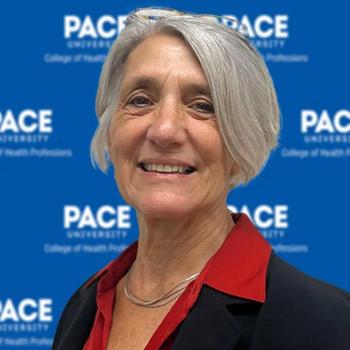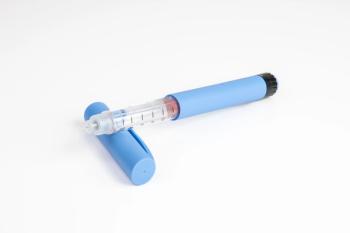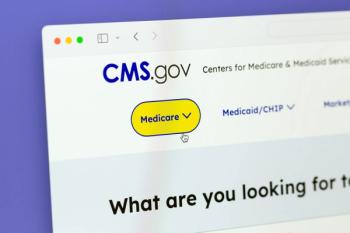
Psychiatric drugs responsible for 90,000 ED visits annually
Adverse reactions to antipsychotics, antidepressants, sedatives and anxiolytics, lithium salts or stimulant drugs are responsible for almost 90,000 emergency department (ED) visits each year by US adults, according to a study in JAMA Psychiatry.
Dr Hampton
Adverse reactions to antipsychotics, antidepressants, sedatives and anxiolytics, lithium salts or stimulant drugs are responsible for almost 90,000 emergency department (ED) visits each year by US adults, according to a
The authors estimated the number of emergency department visits for adverse drug events from the therapeutic use of antipsychotics, antidepressants, sedatives and anxiolytics, lithium salts or stimulants using active, nationally representative surveillance data from the National Electronic Injury Surveillance System – Cooperative Adverse Drug Event Surveillance (NEISS-CADES).
They also estimated the number of outpatient visits at which those drugs were prescribed using the National Ambulatory Medical Care Survey and the National Hospital Ambulatory Medical Care Survey. They used the estimates of ED visits for adverse drug events and of outpatient prescription visits to calculate the number of ED visits for adverse events from a particular psychiatric drug per 10,000 outpatient prescription visits at which the drug was prescribed.
Almost 1 in 5 of those ED visits (19.3%) resulted in hospitalization. Sedatives and anxiolytics, antidepressants, and antipsychotics each caused 20,000 to 30,000 ED visits annually. However, relative to how often each of these types of medications was prescribed at outpatient visits, antipsychotics and lithium salts were more likely to cause ED visits for adverse drug events than were sedatives, stimulants, and antidepressants. Antipsychotics caused 3.3 times more ED visits for adverse drug events than sedatives, 4.0 times more ED visits than stimulants, and 4.9 times more ED visits than antidepressants relative to their outpatient use.
Out of the 83 specific drugs the study looked at, 10 drugs were implicated in nearly 60% of the ED visits for adverse drug events from therapeutic use of antipsychotics, antidepressants, sedatives and anxiolytics, lithium salts or stimulants. Zolpidem was implicated in nearly 12% of all such ED visits and 21% of such ED visits involving adults aged 65 years or older, more than any other sedative or anxiolytic and more than any antipsychotic, antidepressant, lithium salt or stimulant.
“The study highlights the importance of encouraging doctors to be cautious in their prescribing of medications,” said one of the study’s leaders Lee M. Hampton, MD, of the Centers for Disease Control and Prevention's healthcare quality promotion division. “The study findings can also be used to prioritize efforts to reduce the burden of adverse events from the therapeutic outpatient use of psychiatric medications within a given managed care or healthcare system.”
While psychiatric medications have an important role in mental illness, previous studies have indicated they are sometimes used to treat problems even though there’s no or very limited evidence that they will be beneficial for that problem, according to Dr Hampton.
“Previous studies have also shown that the use of psychiatric drugs has increased markedly over the last few decades,” he said.
According to Substance Abuse and Mental Health Services Agency’s National Survey on Drug Use and Health, in 2011, an estimated 26.8 million United States adults, 11.5% of the adult population, used prescription medications to treat mental illness.
“The large numbers of people using psychiatric drugs and the indications that the drugs may sometimes be used without adequate evidence of benefit have led to concerns about their possible overuse,” Dr Hampton said.
“For example, last year the leaders of the American Psychiatric Association, psychiatrists’ professional organization, urged doctors to use antipsychotics cautiously and only after exploring the feasibility of using alternate treatments,” he said. “In addition to quantifying a portion of the burden of adverse drug events from outpatient therapeutic use of psychiatric drugs, the study estimates which drugs cause the highest numbers and rates of ED visits from those adverse drug events, and those estimates can be used to prioritize efforts to reduce the burden of adverse events from the therapeutic use of psychiatric drugs.”
The study reinforces that it is important for doctors and patients to heed the warning from the American Psychiatric Association to be cautious in their use of antipsychotics, according to the authors.
“Doctors and patients should also be cautious in using zolpidem and other sedatives, particularly because there are many treatment options for insomnia, the condition which zolpidem is intended to treat,” Dr Hampton said.
Newsletter
Get the latest industry news, event updates, and more from Managed healthcare Executive.




















































